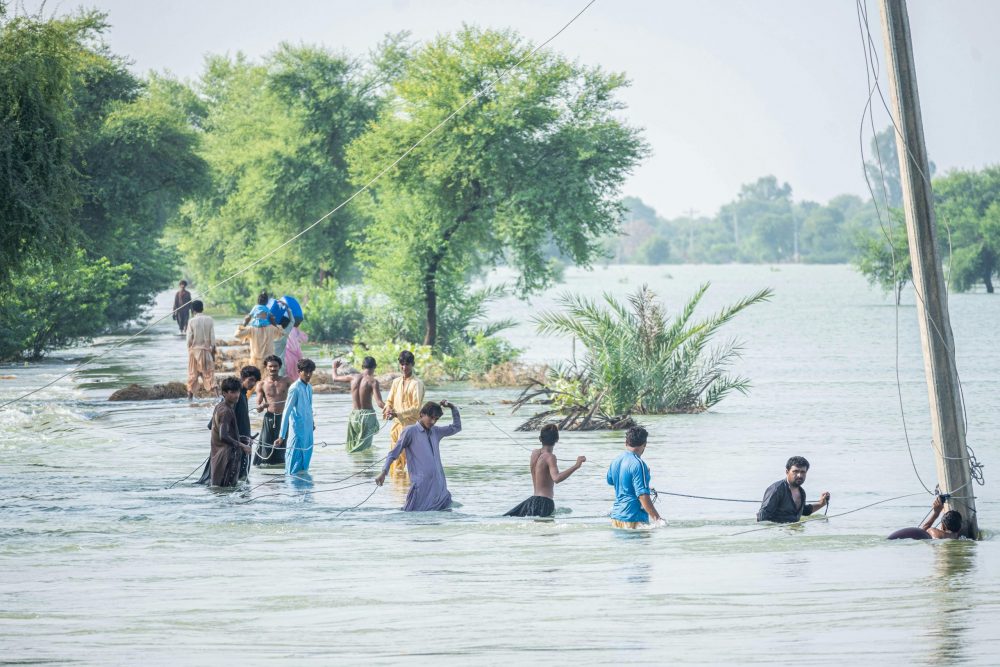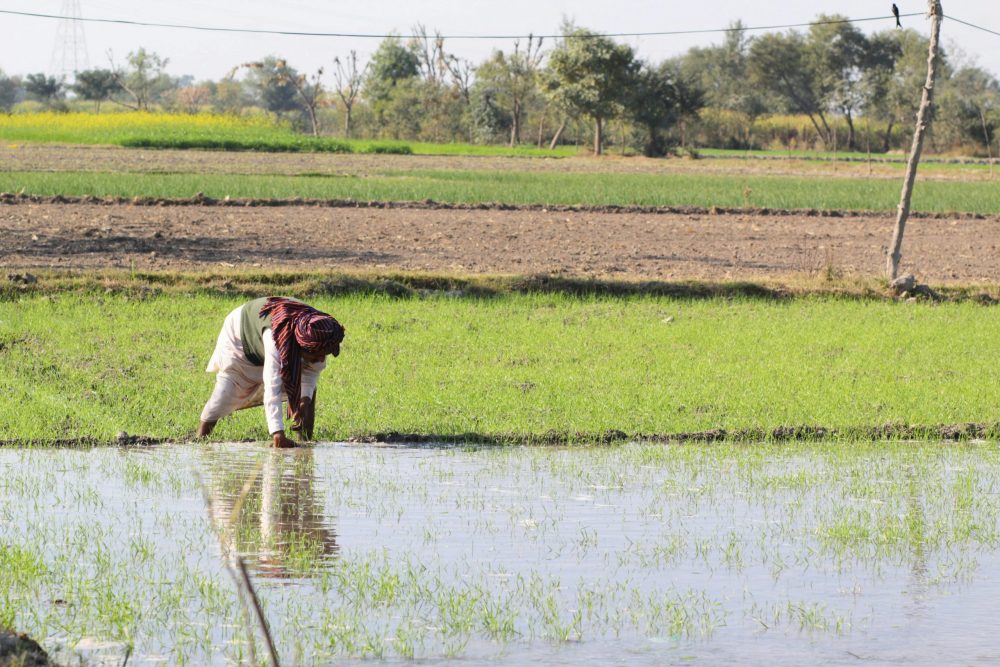This blog is based on the findings from an assessment conducted for UN Women of how the COVID19 pandemic is likely to impact existing gender inequalities in Pakistan. It is the first in a two-part series. Part I will focus on exacerbating economic inequalities, and part II will focus on the potential social costs of the pandemic for women in Pakistan.
COVID-19 has now spread to over 213 countries. Healthcare systems are stretched thin and are struggling to respond to this global health emergency. As it continues to spread, it is becoming increasingly clear that the virus – and efforts to mitigate its spread – will have dire economic and social repercussions. In a recent report, the IMF has stated that while the effects of the disease will be felt all over, vulnerable populations and disadvantaged communities such as the poor and women, are likely to suffer disproportionately from the outbreak of the disease.
Evidence from around the world suggests that men and woman are both equally likely to contract the virus. It is likely, though, that the economic and social costs of the pandemic will be much higher for women, and existing gender inequalities will be exacerbated. It is also likely that while the short term impact will be significant and will require immediate mitigation, the long term impact will roll back significant progress on gender equality. This is especially true for countries like Pakistan, where the economic and social gender balance is heavily biased in favor of men, and where welfare systems are weak or practically non-existent.
This blog takes a brief look at the impact of this pandemic on the economic conditions of women in Pakistan in the short and long term. Specifically, it will focus on Labor Force Participation (LFP), financial autonomy, and access to financial markets.
Labor Force Participation (LFP):
Women face a significant loss in employment and resultant falls in income, particularly in the short to medium term. Women’s LFP is largely concentrated in less specialized, lower paying, and/or self-employed work. According to the Labor Force Survey of Pakistan (2017-18), the refined[i] percentage of women in the labor force is 20.1% as compared to 68% for men. Additionally, the wage gap in Pakistan is significant, even within the limited sphere of employment in which women typically participate. Involuntary unemployment is also higher for females at 8.3% as compared to males at 5.1%. These factors make women’s livelihoods more vulnerable than those of men, and unlikely to absorb an economic shock of this magnitude.
Since the start of the initial government lockdown, this vulnerability has already manifested in the following ways:
- Women employed by small or medium businesses and those working as domestic workers have faced pay cuts or layoffs due to their employers’ – actual or claimed – inability to continue paying their wages. A 2015 report by the International Labour Organization (ILO)estimates that there are currently 12 million HBWs who represent about 60% of the female workforce in Pakistan.. As part of the informal sector, these workers generally have low income security and minimal social protection, which makes them the most economically vulnerable in times of crises.
- Small and homebased businesses have been able to generate little to no income due to businesses being halted or restricted by the initial lockdown. For businesses that do not have the capacity to go online or work remotely, this situation will only get worse. Most small businesses also do not have large cash reserves and may not be able to reopen post the lockdown/pandemic. Further, businesses that provide employment to other women (for example small beauty salons) will be unable to pay employees indefinitely under current circumstances.
- A large proportion of working women are employed as teachers. Because of indefinite school closures, these women are now at home. Currently, public sector teachers continue to be paid. However, private sector teachers, especially those in low-cost private schools, are facing an increased risk of reduced or delayed incomes, or even being laid off.
- Women employed in urban centres often travel large distances on public and private transport to get to work. Hindered mobility due to the initial lockdown caused an increase in workforce absenteeism, and subsequently reduced income due to lost wages for daily wage earners. As intermittent and smart lockdowns continue to be a reality for the foreseeable future, hindered mobility and increased absenteeism may also result in loss of employment for many.
In the longer term, the longer the pandemic and intermittent lockdown continues, unemployment will rise, the wage gap between men and women will rise even further.
Financial Autonomy:
Women generally have less ownership and control over financial and physical assets (house, land, etc). Even in cases where the actual asset ownership may lie with the woman of a household, it is likely that she may not be able to exercise much control over the assets. Financial autonomy for women – such as it is – is likely to decrease even further, particularly in the short term. There are two major reasons for this:
- With intermittent lockdowns and business closures a reality for the foreseeable future, vulnerable households with no savings will look to sell-off assets to weather the storm. Given the lack of control women exercise over assets, it is likely that the assets sold first will be those belonging to women.
- Smaller assets such as gold, which are generally owned by women, tend to be more liquid and are therefore easier to sell in times of crisis.
Access to Financial Markets:
Over the years, Pakistan has seen an increase in the number of women taking microfinance and agricultural loans. According to a report by the World Bank, 59 percent of microfinance clients are women. Often these microfinance loans are linked to the ownership and management of small businesses. In times of public health crises, as women are less fluid in terms of cash flows and savings, the ability to pay back loans may be affected. This could result in higher interest rates, penalties in repayment and reduced access to loans from formal associations in the future.
Conclusion:
For women in Pakistan’s labour force – especially those belonging to the informal sector – the lockdown due to the pandemic and subsequent decline in economic activities have resulted in significant losses. These have manifested in the form of lay-offs, closures of businesses, increased food insecurity and an overall loss of agency over their financial situation. It is imperative that small and female owned businesses be provided with short term loans to sustain their workforce, prioritize keeping their female employees and prevent further widening of the wage gap. Although the government has been making efforts to provide financial support to those most afflicted by the lockdown, many females do not have access to these relief efforts. Teachers in low-cost private schools for example, may not classify to receive government relief funds. Additionally, many domestic and home-based workers may not be registered within the NADRA database which further exacerbates the problem as they are completely invisible to the system. The government needs to initiate registration drives in order to provide women with CNICs. This would allow the government to have greater outreach to the most destitute strata of society, helping with disaster relief efforts in the future.
[i] the currently active population expressed as a percentage of the population 10 years and above.
Sahar Kamran is a Senior Research Associate, and Maheen Saleem Khosa is the Manager Communications at the Institute of Development and Economic Alternatives (IDEAS).





